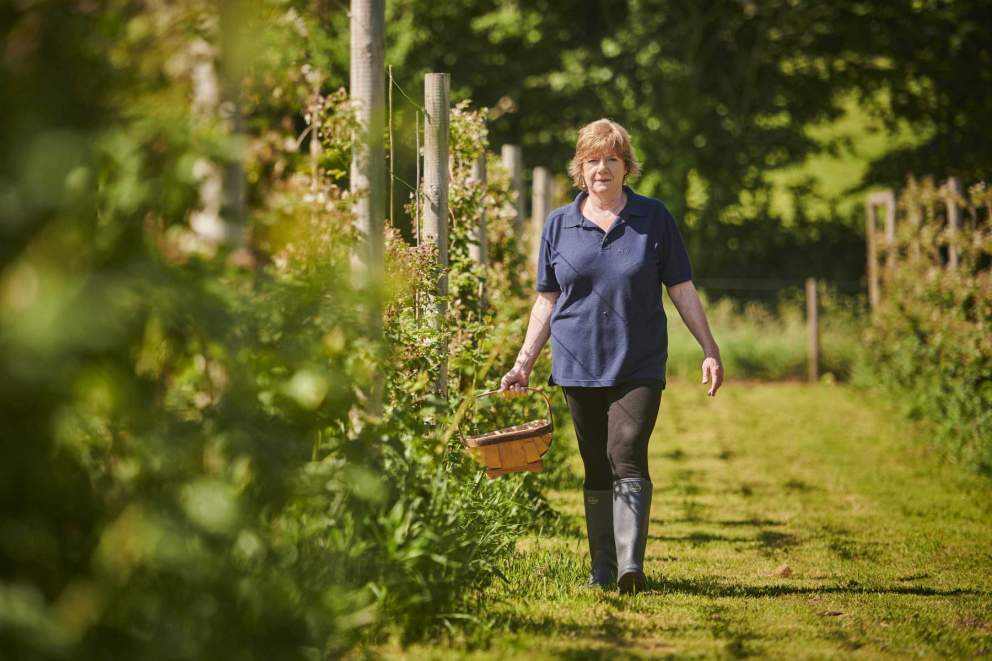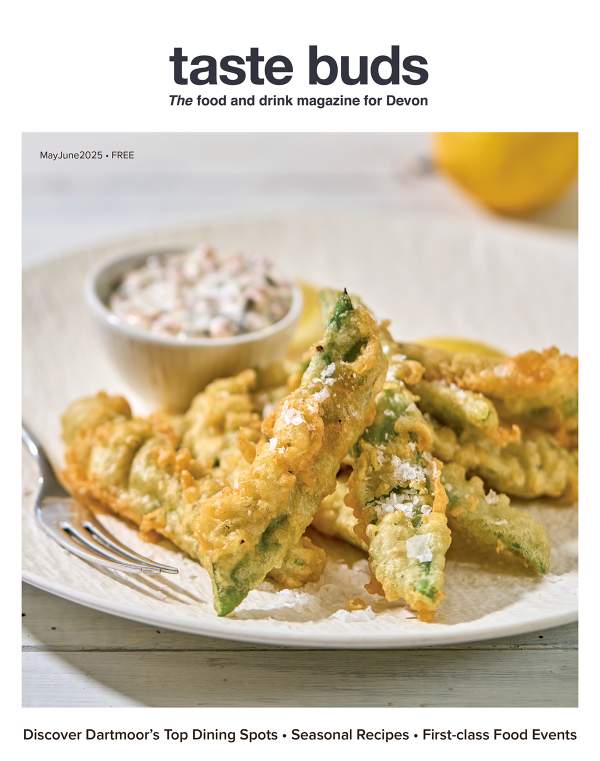Su Carroll chats to Waterhouse Fayre’s jam queen, Ann Stallard, about how to grow fruit for making preserves

Waterhouse Fayre is a regular Taste of the West Gold winner for its jams, chutneys and preserves. It all started when Ann Stallard decided to turn a glut of raspberries – from her business as a pick your own and a supplier to restaurants and caterers – into jam to sell.
Ann and her husband grow fruit and veg for their Waterhouse Fayre products which are all made in small batches in a purpose-built kitchen at their base near Uffculme. There are blackberries, tummelberries, gooseberries and also runner beans which go into a chutney made to a recipe passed on by a family friend. “Even if you don’t want to go into business making preserves, there is still a lot of pleasure to be had from growing your own fruit,” says Ann.
“The first thing you need to do is look at the soil conditions, whether it’s alkaline or acidic and whether you’ve got clay or sandy soil. Then spend some time understanding what sort of fruits would like your soil, rather than trying to make something grow that isn’t best suited to it,” she explains.
“Look at different varieties of the fruit you want to grow. Think about how big they grow and the general conditions including how much rain they need. We never grow in polytunnels and we have more than one variety of raspberries – it’s what we specialise in. So different varieties are coming along at different times, and that way, we get about six months of fruit,” Ann continues.
She adds that with raspberries in particular, the thing that tends to spoil them is moisture. “Allow plenty of spacing to let the air move and you get a much better yield that way.”
Ann says: “We grow mainly cane fruit – the blackberries are amazing, bigger than the wild fruits and better for jam. The Black Beauty variety is the size of your thumb and it’s absolutely gorgeous. We like redcurrants too and yellow currants are fun to grow. All the kids seem to be interested, so it’s nice for them to have their own little part of the garden or even a pot. It’s the simple things in life.”
Ann explains that you don’t need to grow masses of fruit and veg to reap the benefits. “Just grow what you want, pick it at its best (slightly under-ripe fruit has more pectin, which helps it to set) and you can make a couple of jars of jam just using a saucepan. Jam is best eaten within two years and with chutneys, let them mature for at least three months.”
Ann has one last tip – horse manure! “It works wonders for fruit growing and especially for runner beans, so make friends with your local stables.”
Six times a year, delivered to your door
Annual subscription: £18
Single Issue: £4
MayJune 2025 issue out now
Try before you buy. View digital edition
Go to Shop